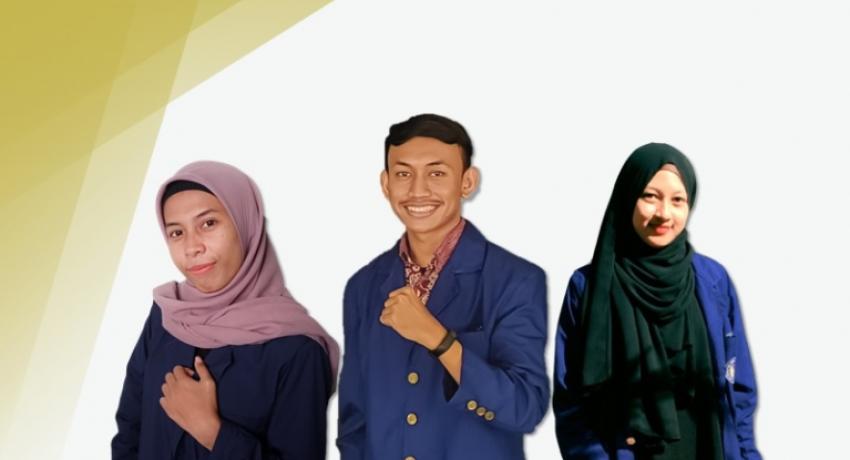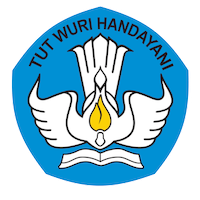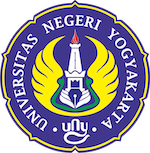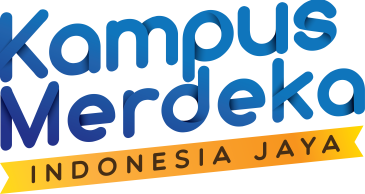Indonesia is one of the top 20 fruit-producing countries in the world, one of the fruit is guava. Kendal Region, Sukorejo is one of the biggest guava producers in Indonesia with a total area of almost 2000 hectares consisting of guava plants. To maintain the quality of guava, farmers try their best to produce a high quality guava for their consumers. To select high quality guava, the first step the farmers do is sorting, continued by packing and distributing the guava. The purpose of sorting is to select the ripped guavas which indicate the quality and have a high selling price.
However, this method has a disadvantage when sorting manually. Some people have different perceptions about fruit maturity indices, so there is often debates related between fruits that have a high selling value and fruits that have a low selling value. In particular, the color accuracy is unstable and the weighing process takes a long time. The sorting process can affects the condition of the fruit if the fruit is to be taken far from the harvesting place. This is because the condition of the guava fruit is not evenly ripe. This is where a group of UNY students created an innovative design for an automatic guava sorting device using (sensor) technology that can recognize various colors such as the TCS3200. This team consists of Fardiansyah Nur Aziz and Utami Nur Melyasari, students from the Electronics Engineering Study Program and Puput Putri Witadiana, student from Chemist Education Study Program.
According to Fardiansyah Nur Aziz, this artificial intelligence based guava sorting tool is called Aisogu. "When it is combined, TCS3200 sensor technology can recognize the color of each guava fruit which is controlled using the Arduino Uno," said Fardiansyah. Arduino Uno will scan and recognize the color of the fruit skin's with the help of Fuzzy Logic Controller Artificial Intelligence, after which it can make its own decisions based on the input values that have been obtained. This technology will produce an output in the form of fruit maturity level, like guava fruit that is unripe, ripe and too ripe. Puput Putri Witadiana added that the advantages of this tool include the perception of standardized ripeness, this is because the fruit is rarely touched by the hands so it is not easy to rot and is more durable, most of the fruits have the same maturity level so that the quality is well maintained when it distributed to consumers and we can estimate expire consumption date, as well the hygiene of the fruit.
Utami Nur Melyasari explained that the materials needed in making Aisogu are TCS3200 color sensor, servo motor, DC motor conveyor, MOSFET motor driver, buttons, Arduino UNO, obstacle IR sensor and 16x2 LCD display. The way Aisogu works is that guava is put in a holding container and passes through the TCS3200 sensor and the IR sensor acting as a controller. If the guava is ripe then servo 1 will direct the guava to container 1, while if the guava is too ripe then servo 2 will direct the guava to container 2. If the guava is still unrip then servo 1 and 2 will be silent and the guava will lead to container 3. "The product design will be undergoing further development so that it can be mass produced and can be used in guava producing areas to help the guava farmers when carrying out the sorting process, ”said Utami. This work won the Directorate of Higher Education funding in the Student Creativity Program in the field of Cipta Karsa in 2020. (Dedy; translated by Sausan)





